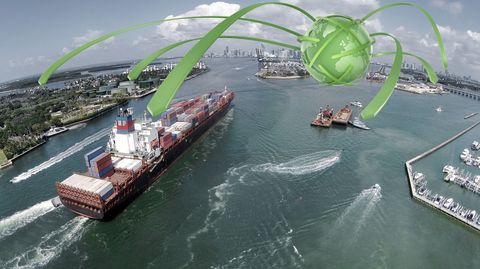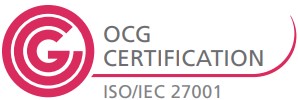Last week saw the World Trade Organization (WTO) conclude its latest trade policy review focused on India, which assessed the progress of the country's economic and trade sector since the last review in 2015 and the impact of efforts to facilitate trade.
As part of the process, other members of the WTO were able to offer their input on relations with the Asian nation and raise any concerns they had about barriers to trade. So what did the review find, and what does the future hold for imports and exports to and from India?
WTO welcomes new trade facilitation measures
More than 50 WTO delegations made interventions at the review, which the WTO said reflected the huge importance of India to global trade and the impact its policies and practices can have.
Overall, WTO members commended India's steps to improve its business environment, and in particular its efforts to boost local manufacturing and increase integration with global supply chains. Initiatives such as Make in India, Digital India, Start-up India, Skill India and Self-Reliant India were largely welcomed by members, although some raised concerns about the possible trade restrictions they could introduce. India was therefore urged to be mindful of any trade implications created as a result of these programs.
While India's trade policy has remained largely unchanged since the previous review and continues to rely on instruments such as tariffs, export taxes, minimum import prices, import and export restrictions, and licencing, the WTO noted that efforts have been made to facilitate trade.
The body said: "During the period under review, India implemented several measures to facilitate trade, such as a reduction in the number of documents required and the automation of the customs clearance system for imports and exports."
Members also approved of actions such as the implementation of the Goods and Services Tax to replace several indirect taxes. This is expected to result in increased transparency in India's taxation system.
Major economies warn against restrictive policies
Despite the positive steps, a number of concerns were raised by WTO members, with India's use of tariffs and efforts to incentivize local suppliers coming in for criticism.
The US, EU and China - which are India's top three sources for imports - all warned of rising barriers to trade and urged action to reduce the cost of doing business with the country, The Print reported.
For instance, the US highlighted that India has increased its average Most Favored Nation tariff rate from 13.5 per cent in 2015 to 17.6 per cent in 2019. Overall, concerns were raised that India's tariffs regime is overly complex and does not give businesses the certainty they need, with frequent changes to rates, preferences and concessions.
Meanwhile, China expressed concern over new foreign direct investment policies that will make it harder for foreign firms to acquire Indian companies, and also warned that the high number of trade remedy measures by India could disrupt trade.
The WTO noted that India is an active user of trade remedies, adding: "Members asked India to take a more cautious approach in applying anti-dumping and safeguard measures and emphasized that all relevant investigations should be conducted in conformity with WTO provisions. Some members raised concerns about India's use of technical regulations and SPS measures, including compliance with international standards."
Concerns from the EU related mainly to issues such as high customs duties, unpredictable trade procedures and cumbersome product standards, a Geneva-based trade official told The Print.
Opportunities lie ahead
However, if India can do more to reduce friction and align its economy more closely with global supply chains, it has the potential to greatly benefit from a desire for diversification in many countries.
Outgoing US ambassador to India Kenneth Juster, for example, said in his farewell address earlier this month: "As US and other companies find it increasingly difficult to operate in China or seek to diversify away from Chinese-led supply chains, India has a strategic opportunity to become an alternative destination for manufacturing investments in the Indo-Pacific region. But to fully seize this opportunity, the Indian government may well need to take further action."
For now, if firms do want to take advantage of the opportunities posed in India, the review indicated they will still have to navigate a complex system, though the reduction of documentation and the automation of processes such as customs clearance systems should help.
To ensure compliance, it pays to have a quality software system. MIC's solution for Icegate supports direct electronic filing of customs declarations to the Indian customs authority system and can make trading with India more efficient and transparent, saving firms time and money.



